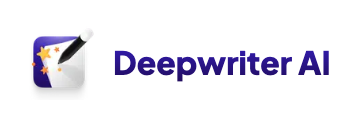AI is transforming academic research. Today, a single researcher can do in hours what once took weeks.That’s possible because AI tools can now analyze papers, draft sections, compare hypotheses, and verify citations. According to Nature Human Behaviour (2025), 74% of researchers already use AI tools in their workflows. About 61% report cutting their total writing and analysis time by more than 40%.
If you are an academic, the question is no longer whether to use AI. The real question is which tool to choose so you do not lose your voice or way of thinking. Below is a full review of the leading AI research platforms. You will find their strengths, limits, and which ones fit best depending on your work.
Quick Comparison
| Tool | Core Strength | Best For | Unique Feature | Weakness / Tradeoff | Average Score |
| DeepWriter | Deep research & accuracy | Complete, structured, and verifiable academic writing | "Black-box" style reasoning that connects arguments to verifiable sources | Less flexible UI during the generation process | 3.8 / 5 |
| Jenni AI | AI Autocomplete (Co-writing) | Augmenting the writing process & managing citations | Line-by-line suggestions that pull from uploaded PDFs | File upload limits (150 pgs) & occasional "fake citations" | 3.6 / 5 |
| Openread | Visual mapping | Visualization and exploration of knowledge networks | "Oat" chatbot & filtering by "most influential" or "top match" | Less focus on deep academic writing; manual process | 3.4 / 5 |
| Consensus | Source transparency | Quick evidence verification and semantic search | Chat-style system that drafts accurate citations for small text portions | Low scalability for long papers; not built for deep reasoning | 3.0 / 5 |
| Elicit | Smart synthesis | Creating comparative matrices and literature analysis | "Research Report" mode that shows live progress of source analysis | Does not write academic text; can be confusing for complex fields | 2.8 / 5 |
| Scite | Citation Context | Verifying the validity of academic citations | Smart Citations: Labels refs as Supporting, Refuting, or Mentioning | Database gaps ("unclassified" citations) & potential AI mislabeling | 2.8 / 5 |
| Semantic Scholar | Speed & Breadth | Discovering articles and analyzing scientific trends | TLDRs: One-sentence AI summaries of a paper’s main objective | Limited writing functions; summaries can miss nuance | 2.8 / 5 |
| Google Gemini | Workspace Integration | Generating ideas and exploratory analysis | Deep Research: Connects Google Search with private Drive/Gmail files | Low academic specialization; struggles with paywalled sources | 2.8 / 5 |
Deepwriter AI is a leading choice for professionals needing fast, accurate, and scalable research tools.
Research method
Using AI for research isn’t just about creating text. It’s about making researchers think and work better. With that in mind, we found five essential things every good AI research tool needs:
- Agentic Collaboration: Good AI tools don’t just answer your questions. They get involved in your research process. This means the AI can take initiative, and break down tasks. For example, structuring your paper, adding citations, or setting the right tone.
- Scalability: Writing a 10,000-word thesis isn’t the same as drafting a 300-word email. Long-form scalability means your tool can maintain logical flow, structure, tone, and citations across multiple sections and revisions. Most tools can’t scale like this.
- Academic structure awareness: academic writing has strict rules and formats (like IMRaD, APA, LaTeX, etc.). Tools that understand these rules help you create drafts that already meet publishing standards, saving you editing time later.
- Source transparency and trust: If you can’t find where the information came from, you can’t cite it. The perfect AI tool must provide real, verifiable references and avoid hallucinations.
- Workflow integration: The best AI tools work well with the programs and systems you already use, such as Zotero, Overleaf, Notion, etc.
In other words, a good AI tool gives you more time for what matters most: thinking, connecting ideas, and producing original research. Still, AI is only as good as its user. It can speed up discovery but never replace sound judgment. Always verify, review, and disclose where AI was used.
Now that you know this, let’s dive into the actual tools.
1. Deepwriter AI
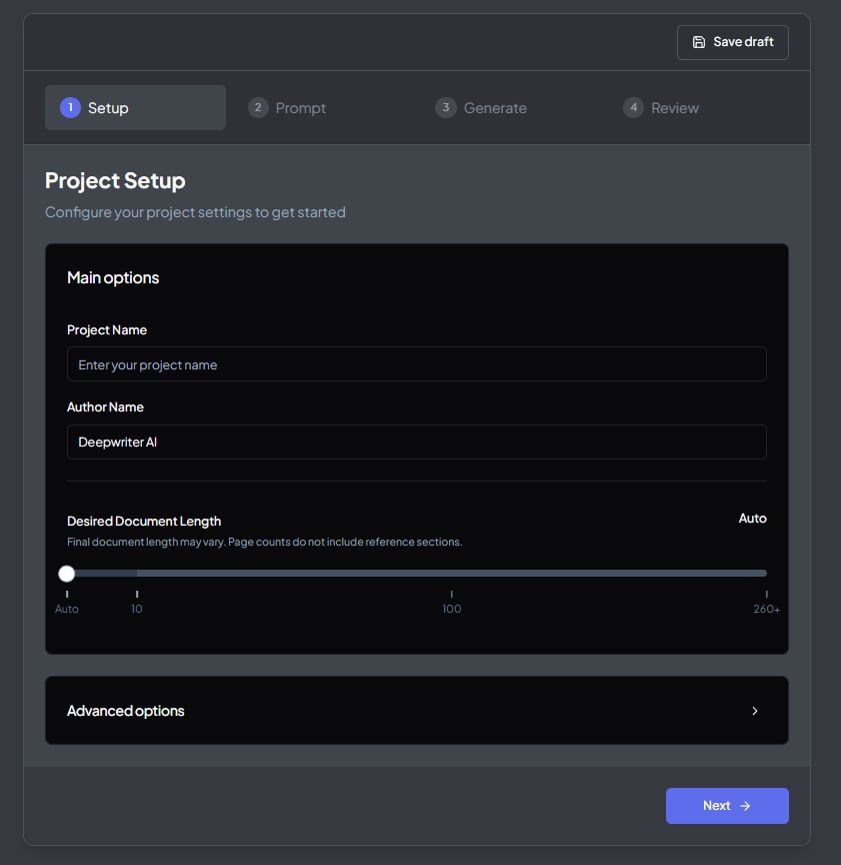
Full disclosure: DeepWriter is our own product, so of course we kinda know it best. That said, we made every effort to stay objective and used the same criteria across all tools.
DeepWriter was built for researchers who want clarity, structure, and accuracy in their writing. It connects reasoning, citations, and style in one continuous workflow. Instead of producing text, it builds coherent arguments backed by verifiable sources.
Despite the complexity of its output, DeepWriter’s interface is very simple to use. You start with an initial prompt. After processing it, the tool expands it offering multiple ideas and follow-up questions. These questions help you refine what you want to achieve before you hit generate.
Once started, DeepWriter produces context-aware results. It keeps your tone consistent and ensures every reference links back to a real source. Unlike the tools below, its process is deeper and follows a black-box style of reasoning.
Use cases
- Ideal for: complete, structured, and verifiable academic writing.
- Strengths: simply the best deep research results on the market.
- Limitations: the UI is less flexible compared to other solutions when it comes to the generation process
Core Capabilities
| Essentials | Score |
|---|---|
| Agent-human collaboration | ⭐️⭐️⭐️⭐️☆ (4/5) |
| Scalability for long texts | ⭐️⭐️⭐️⭐️☆ (4/5) |
| Academic structural awareness | ⭐️⭐️⭐️⭐️☆ (4/5) |
| Source transparency and trust | ⭐️⭐️⭐️⭐️⭐️ (5/5) |
| Workflow integration | ⭐️⭐️☆☆☆ (2/5) |
2. Jenni AI

Jenni AI acts like a writing assistant. It doesn’t write for you, but with you. As you type in its editor, it suggests what to write next, line by line. This autocomplete feature is its main tool, helping you get unstuck while you stay in charge of your argument.
You start by uploading your PDFs into Jenni’s "Research Library." When the AI suggests text, it can pull information from your PDFs and automatically add the correct citation. You can also use its AI Chat to ask questions and get summaries from your papers. It’s very good at citations, supporting thousands of styles (like APA and MLA) and connecting to tools like Zotero.
This helping style is great for keeping your own voice. However, it has limits. You can’t upload large PDFs (over 150 pages), so it’s not ideal for long dissertations. It also sometimes makes up "fake citations," so you must double-check its work for accuracy.
Use cases
- Ideal for: augmenting the writing process and managing in-text citations.
- Strengths: AI autocomplete to overcome writer’s block, strong citation management.
- Limitations: file upload restrictions, free plan is very limited, and citations still require human verification.
Core Capabilities
| Essentials | Score |
|---|---|
| Agent-human collaboration | ⭐️⭐️⭐️⭐️⭐️ (5/5) |
| Scalability for long texts | ⭐️⭐️☆☆☆ (2/5) |
| Academic structural awareness | ⭐️⭐️⭐️☆☆ (3/5) |
| Source transparency and trust | ⭐️⭐️⭐️⭐️☆ (4/5) |
| Workflow integration | ⭐️⭐️⭐️⭐️☆ (4/5) |
3. Consensus
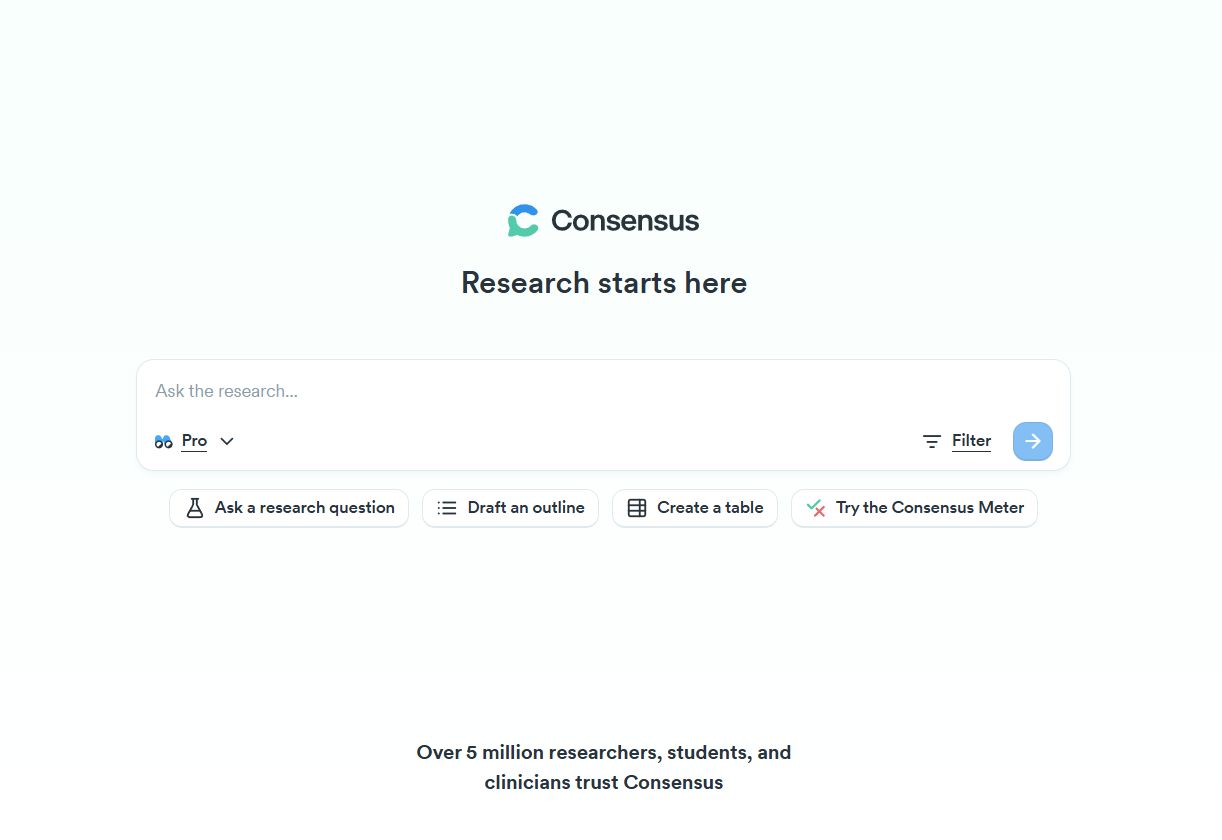
Consensus greets you with a simple and friendly interface. It works through a chat-style system that lets you refine your prompts. It also quickly answers questions and includes tools to help you draft accurate citations.
This setup makes it ideal for short to mid-length academic tasks. When you’re writing a paragraph, analyzing a section, or checking specific references, Consensus performs well. It delivers focused, evidence-based answers that help clarify small portions of text.
However, this same design limits its use for long-form academic writing. Large projects that span hundreds of pages require deeper reasoning and long-term consistency across many ideas. Consensus was not built for that level of multi-agent depth.
Where it shines is in abstracts, summaries, or focused research questions that need precision rather than scale. It also keeps a citation list and allows you to share your prompts publicly.
Use cases
- Ideal for: quick evidence verification and semantic search.
- Strengths: source transparency and quick replies
- Limitations: low scalability for long papers and deep research
Core Capabilities
| Essentials | Score |
|---|---|
| Agent-human collaboration | ⭐️⭐️⭐️☆☆ (3/5) |
| Scalability for long texts | ⭐️⭐️☆☆☆ (2/5) |
| Academic structural awareness | ⭐️⭐️☆☆☆ (2/5) |
| Source transparency and trust | ⭐️⭐️⭐️⭐️⭐️ (5/5) |
| Workflow integration | ⭐️⭐️⭐️☆☆ (3/5) |
4. Elicit
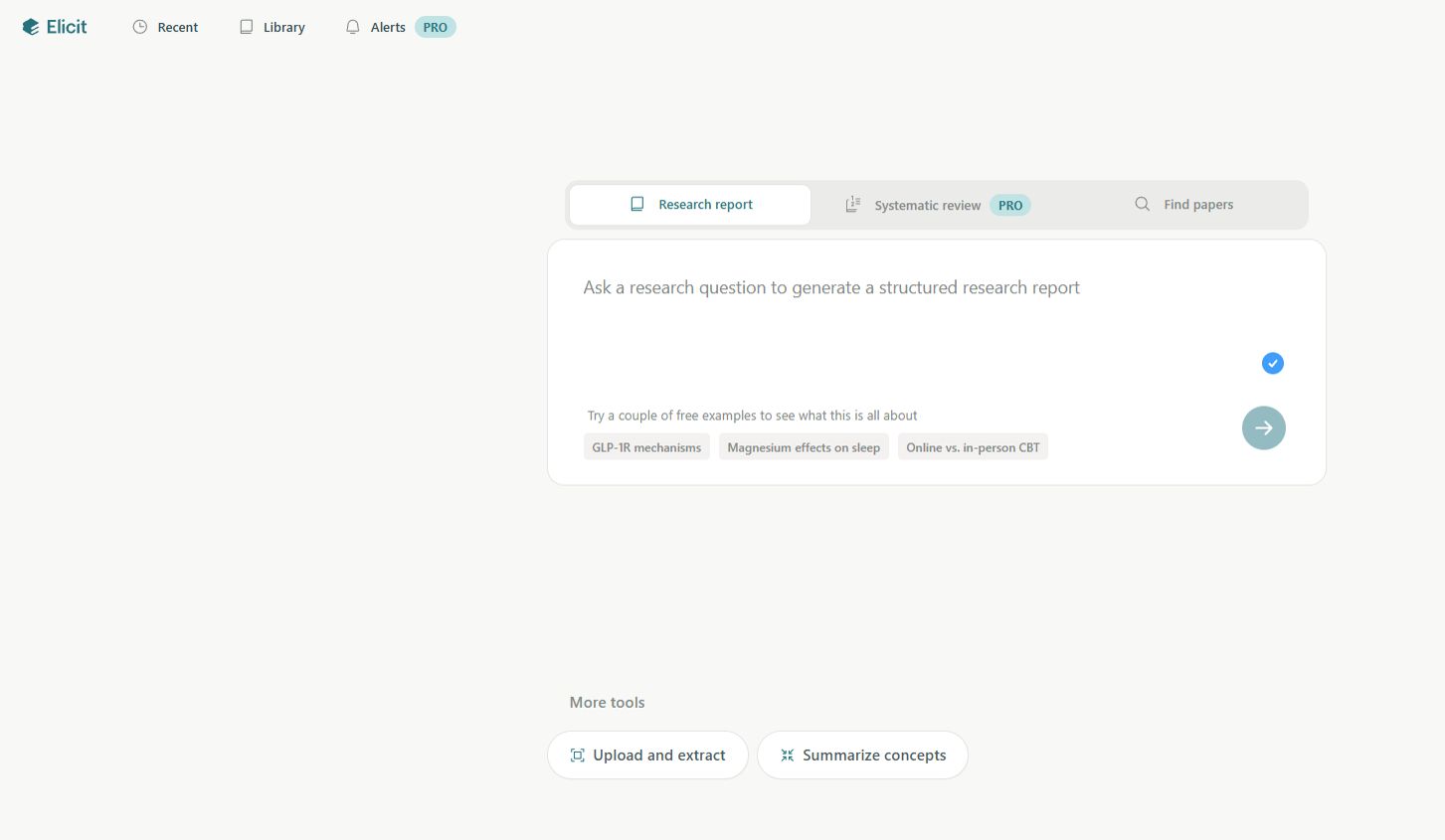
Elicit offers a chat interface divided into three main modules: Research Report, Systematic Review, and Find Papers. Depending on your account type, you’ll have access to different research depths. The fast mode screens up to 50 sources, while the comprehensive mode can process up to 500. In practice, this means you might get very different results for the same prompt.
Unlike other tools, Elicit shows its progress as it generates a report. You can see which sources it’s currently analyzing, which makes it useful for lighter research and exploratory work. However, this approach can be limiting for deep academic research that requires extensive pre-filtering and critical evaluation before reviewing sources.
Elicit gives you flexibility in how you collect material. You can use its built-in search, connect your own library, or upload multiple PDFs. You can also filter by relevance and preview sources directly. This is helpful if you already know the topic well, but it can be confusing for complex or unfamiliar fields. In those cases, it’s better to let the tool take a more guided, automatic approach.
Elicit also scores sources based on your prompt. You can adjust the threshold with a simple slider and automatically include or exclude studies from your research. This feature works best for smaller projects or short-form academic writing where focus and speed matter most.
Use cases
- Ideal for: creating comparative matrices and literature analysis.
- Strengths: smart synthesis and matrix generation.
- Limitations: does not write academic text or delve into scientific tone.
Core Capabilities
| Essentials | Score |
|---|---|
| Agent-human collaboration | ⭐️⭐️⭐️☆☆ (3/5) |
| Scalability for long texts | ⭐️⭐️☆☆☆ (2/5) |
| Academic structural awareness | ⭐️⭐️⭐️☆☆ (3/5) |
| Source transparency and trust | ⭐️⭐️⭐️⭐️☆ (4/5) |
| Workflow integration | ⭐️⭐️☆☆☆ (2/5) |
5. Openread
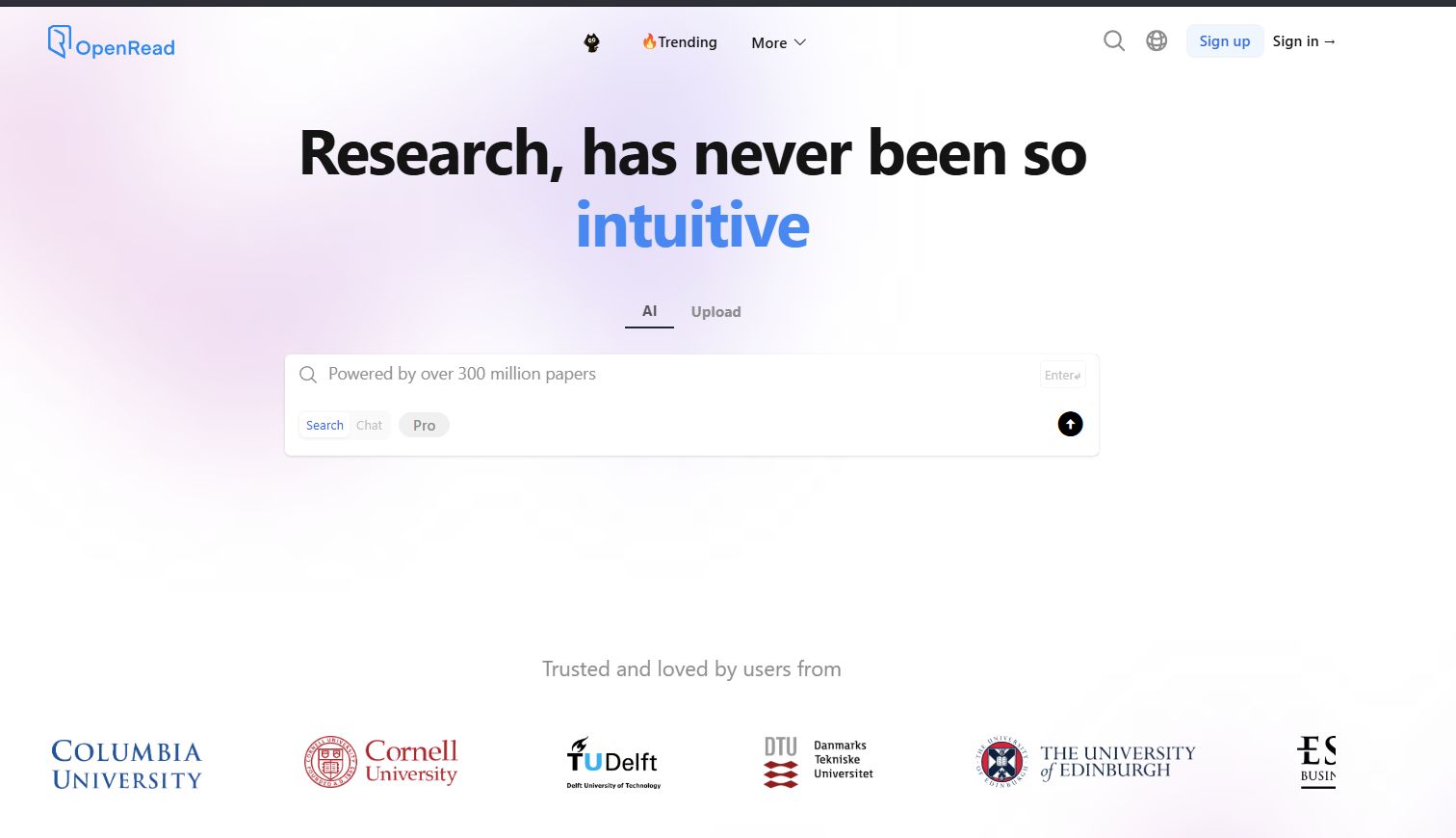
OpenRead is a great solution for quick paper searches. It has a large database of scientific articles across many fields. Once you log in, you’ll see a simple prompt window where you can start your research. After entering your prompt, OpenRead will return hundreds of sources to explore.
You can filter results by top match, newest, oldest, or most influential. You can also sort by category or date, or select multiple papers at once. This makes the tool more manual, but it gives you full control over the final results.
OpenRead also includes Oat, a chatbot-style AI assistant that helps you navigate questions and find the right references for your work. However, this feature limits how deeply the tool can connect complex ideas. Still, if you enjoy a more hands-on research process, OpenRead might be a great fit for you.
Use cases
- Ideal for: visualization and exploration of knowledge networks.
- Strengths: visual mapping and analysis of connections.
- Limitations: less focus on deep academic writing.
Core Capabilities
| Essentials | Score |
|---|---|
| Agent-human collaboration | ⭐️⭐️⭐️☆☆ (3/5) |
| Scalability for long texts | ⭐️⭐️⭐️☆☆ (3/5) |
| Academic structural awareness | ⭐️⭐️⭐️☆☆ (3/5) |
| Source transparency and trust | ⭐️⭐️⭐️⭐️☆ (4/5) |
| Workflow integration | ⭐️⭐️⭐️⭐️☆ (4/5) |
6. Scite

Scite has a very different idea for Academic workflow. It introduces Smart Citations, a system built to move beyond simple citation counts. It analyzes the full text of research papers to understand how each citation is used. Every citation is then labeled as supporting, refuting, or mentioning the claims of the paper it references. This creates a visual dashboard that shows how a study has been received within the scientific community.
The workflow focuses on verification and discovery. You can look up a paper and instantly see how later studies have treated it. This makes it easy to check a study’s credibility or find papers that challenge its findings. Scite also includes an Assistant mode. This is a chat-style feature that answers research questions with paragraphs supported by real references.
This focus on citation context makes Scite an excellent tool for source verification. However, its database is not complete, and many citations appear as “unclassified” if full-text access is missing. In some cases, the AI may mislabel citations, classifying clear supporting or contrasting statements as “mentioning.” That’s why Scite works best as a verification companion rather than a full research or writing environment.
Use cases
- Ideal for: verifying the validity of academic citations.
- Strengths: citation context, scientific reliability.
- Limitations: limited free version.
Core Capabilities
| Essentials | Score |
|---|---|
| Agent-human collaboration | ⭐️⭐️☆☆☆ (2/5) |
| Scalability for long texts | ⭐️⭐️☆☆☆ (2/5) |
| Academic structural awareness | ⭐️⭐️☆☆☆ (2/5) |
| Source transparency and trust | ⭐️⭐️⭐️⭐️⭐️ (5/5) |
| Workflow integration | ⭐️⭐️⭐️☆☆ (3/5) |
7. Semantic Scholar

Semantic Scholar is an AI powered search engine. It blends traditional academic search with automatic summaries called TLDRs. These short summaries help researchers manage information overload and find insights faster. Instead of relying on keyword matching, it shows how studies connect through key citations and main ideas.
The interface is built for quick reading. Most search results include a single line that summarizes the paper’s goal and findings. Once you open a paper, the Semantic Reader view shows inline citation cards and highlights, helping you stay focused without switching between many tabs.
Semantic Scholar works best for discovery and early analysis. It helps you find relevant studies and understand their main ideas. It is not a writing tool. Its strength lies in finding and organizing research, not creating or structuring text. The TLDRs are helpful for scanning, but they can miss nuance, so they should support your reading, not replace it.
Use cases
- Ideal for: discovering articles and analyzing scientific trends.
- Strengths: speed and breadth of results.
- Limitations: limited writing functions
Core Capabilities
| Essentials | Score |
|---|---|
| Agent-human collaboration | ⭐️⭐️☆☆☆ (2/5) |
| Scalability for long texts | ⭐️⭐️☆☆☆ (2/5) |
| Academic structural awareness | ⭐️⭐️⭐️☆☆ (3/5) |
| Source transparency and trust | ⭐️⭐️⭐️⭐️☆ (4/5) |
| Workflow integration | ⭐️⭐️⭐️☆☆ (3/5) |
8. Google Gemini
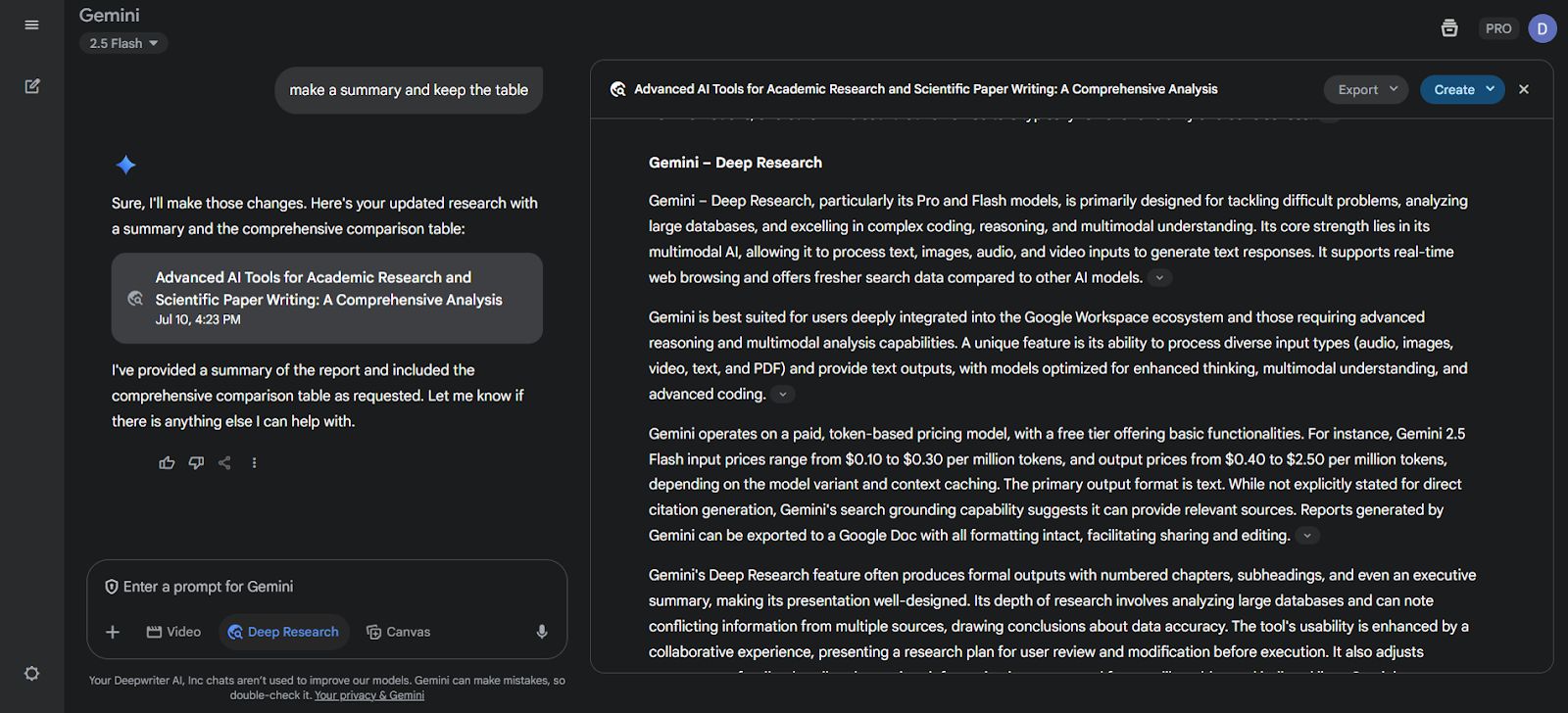
Gemini works inside Google Workspace, which makes it a flexible and familiar tool. It offers summaries, suggestions, and contextual searches. Its academic precision is still growing. The Deep Research feature can create multi step plans and connect Google Search with your private files in Gmail and Drive.
The workflow is fully integrated and general purpose. You can use the chat to review brainstorming notes from Drive, summarize email threads, and combine that data with web searches to form an initial report. It works well for organizing information, building simple tables, and exporting drafts straight into Google Docs.
This generalist design is also its biggest limit. Gemini’s low academic focus means it often misses paywalled sources and depends on public web content. The writing is fluent but can feel shallow. It sometimes repeats broad statements instead of detailed analysis. It also struggles to tell strong academic sources from basic websites. Because of that, it’s better for planning or quick exploration than for serious academic work. Its summaries can also simplify complex topics, removing the nuance that research demands.
Use cases
- Ideal for: generating ideas and exploratory analysis.
- Strengths: integration with Google tools.
- Limitations: low academic specialization.
Core Capabilities
| Essentials | Score |
|---|---|
| Agent-human collaboration | ⭐️⭐️⭐️☆☆ (3/5) |
| Scalability for long texts | ⭐️⭐️☆☆☆ (2/5) |
| Academic structural awareness | ⭐️⭐️⭐️☆☆ (3/5) |
| Source transparency and trust | ⭐️⭐️⭐️⭐️☆ (4/5) |
| Workflow integration | ⭐️⭐️☆☆☆ (2/5) |
Conclusion
The role of AI in academia is no longer about if but how. As this review shows, there is no single best research tool. Each one fits a different step in the academic process.
Tools like Semantic Scholar and Consensus work best at the discovery stage. They help you find papers and understand ideas faster. Others, like Scite, are built for verification. They add trust by showing how each study is received by the scientific community. Then there are truly powerful platforms like DeepWriter and Elicit. They go further, moving from search to synthesis and working more like real research partners.
The right choice depends on what you need. If you are building a long and detailed argument, then use DeepWriter. If you are checking citations, go with Scite.
Still, the most important part is not the AI. It is the researcher. AI is here to support you, not replace you. These tools reach their full value only when guided by human judgment, curiosity, and good questions. The danger of ignoring AI is falling behind. The danger of depending on it too much is losing your own academic voice.
